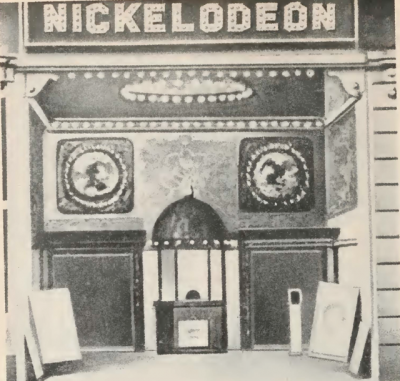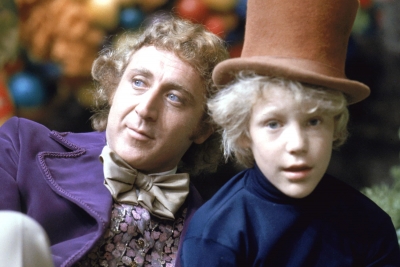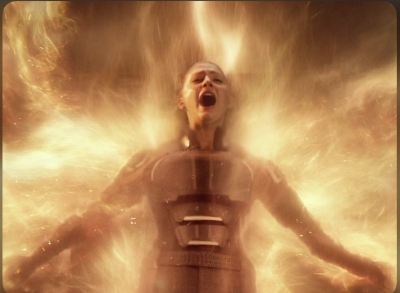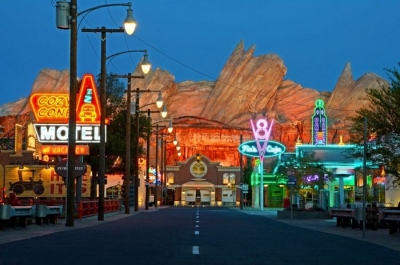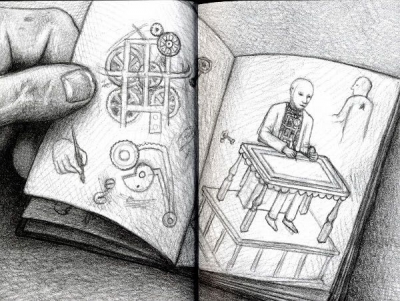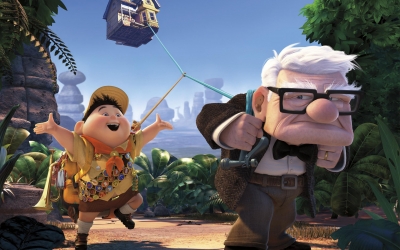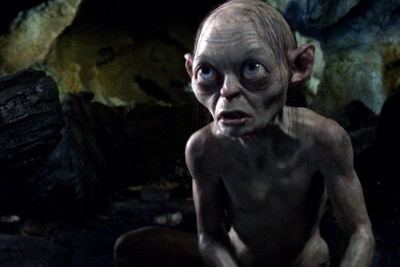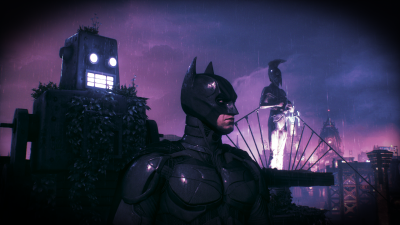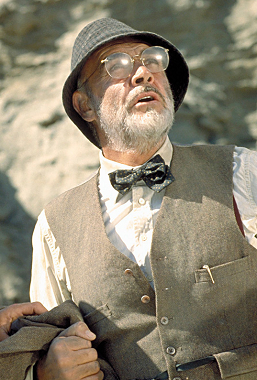
Indiana Jones is an American media franchise based on the adventures of Dr. Henry Walton "Indiana" Jones, Jr., a fictional professor of archaeology, that began in 1981 with the film Raiders of the Lost Ark.
Jones had a difficult relationship with his son which worsened following the untimely death of Anna in 1912. The two drifted further apart but when the Joneses were reunited during their search for the Holy Grail years later, near-death experiences for the both of them undid their estrangement and strengthened the connection between father and son.
Over the years following the Grail crusade, Henry Sr. occassionally accompanied Indiana on other adventures which included a pursuit of the Spear of Longinus towards the close of World War II, and he later filled in for the younger Jones as professor at Barnett College in 1947. He hoped his son would eventually settle down but passed away in 1951 before that could come to be.
Henry Walton Jones was born in Scotland on December 12 in 1872. Jack Williams was a childhood friend, and when he was five years old Jones would go swimming in the loch. At least once, he ran away from home. He went on to be educated under the tutelage of Helen Margaret Seymour at Oxford University, where he developed friendships with Marcus Brody, Richard Medlicot and Eric Scythe. In addition to Oxford lecturer, Professor Nigel Wolcott was also one of his mentors. Henry graduated from university in 1893, and his relationship with an American woman named Anna led to marriage in 1898.
While living together in New Haven, Connecticut, Jones beheld a vision. As he prepared a gloss for a colleague's seminar one April evening, his wine glass rose before his eyes and filled the study with a glow. It transformed into the Holy Grail and a disembodied voice informed him that he would seek the treasure like the knights of old. The next day, firm in the belief he had been given a quest, Jones began his Grail diary and dedicated his life to finding the cup of Jesus Christ. A year later, Jones and Anna had moved to Princeton, New Jersey, where their son Henry Walton Jones, Junior was born on July 1. Their union also produced a daughter, Susie, but illness took her life early. However, a new addition to the Jones family would come in the form of Indiana, an Alaskan Malamute puppy who Henry and Anna introduced to "Junior" in the crib. When Henry Jr. had first learned to walk, he demonstrated the ability by somehow finding his way up the roof of the family house, which forced his father to climb up after him.
In 1900, Jones took a teaching position as professor of medieval literature at Princeton University. In the August of that year, he headed for Massachusetts to attend the conference of the Association of American Medievalists but was disappointed to find his paper on the Grail was met with embarrassment, skepticism and ridicule by his peers. Nevertheless, he ignored their encouragement to pursue a more "serious" subject, and continued his research traveling in the summer of 1905 to visit Europe, including Oxford, where he met Marcus Brody; during his voyage he attempted to inspire other scholars on Grail research.
When he'd returned to America, Jones saw the first "fruit" of the "seeds" he planted; he received a letter from Brody on November 14 which held the promising news that an abbey in Brittany contained a text which treated the Grail as an historical genuine artifact.
Jones made plans for the family to visit France for confirmation the following year. While there, he found a text tracking the Grail's last known resting place in Iona, until sacked by the Vikings; a monk also told him where he would find other artifacts related to the legend. That July, while the professor wrote of his findings from an inn in Cantaney, the actions of a rebellious son armed with a slingshot forced the Joneses to find accommodation elsewhere.
The following week found the Joneses at Klasenheim in Austria-Hungary after that monk's information. Henry traveled to a castle where he saw a painting made by a Franciscan friar who supposedly met a knight of the first crusade, who had found the Grail with his brothers "in a canyon deep in a range of mountains." Logic told him the tale was rubbish since by the painting's time, that legendary knight would be over 150 years old and the painter could not had met him; but Jones's spiritual side saw it as confirmation of the Grail bestowing eternal life. However, he would not continue his grail diary for another six years.
Credit : Fandom
Picture Credit : Google
